Choosing the Right Wall Art for Your Living Room: A Complete Guide
When it comes to decorating your living room, wall art is more than just decoration—it’s a reflection of you. The right pieces can turn a plain wall into a stunning focal point, setting the tone and personality of your space. Whether you’re starting from scratch or looking to refresh your current setup, this guide will walk you through everything you need to know about choosing wall art that’s just right for your home.
Understanding Your Space
Before diving into the world of prints, canvases, and frames, take a moment to understand your living room. Consider the size, color scheme, natural lighting, and the overall decor vibe. These factors will help you make smart and stylish choices that feel cohesive.
Assessing Size and Scale
The size of your artwork should complement—not overwhelm—your space. Here are a few quick tips:
-
Measure your wall space first.
-
Hang art at eye level, especially above furniture.
-
Use painter’s tape to map out potential placements before making any holes.
A large, bold piece can serve as an anchor, while a collection of smaller artworks can be grouped for a dynamic gallery wall. Just make sure there’s a balanced visual weight so the arrangement feels intentional, not chaotic.
Color Coordination
Color is key in setting the mood. Your art should flow with the existing color palette of your space.
-
Choose pieces that echo tones from your furniture, rugs, or cushions.
-
Want to make a statement? Opt for contrasting colors to bring energy.
-
Softer shades evoke calmness, while vibrant hues add excitement.
Pay attention to undertones, too—warm tones (like reds and oranges) bring a cozy feel, while cooler shades (like blues and greens) give a refreshing vibe. Bonus tip: play with texture! Matte finishes, brushstrokes, or metallics can add extra dimension.
Aligning with Your Style
Your wall art should reflect your personality and tie in with your living room’s style.
-
Modern or minimalist? Go for abstract prints or monochrome photography.
-
Traditional or rustic? Opt for classic paintings or vintage-style illustrations.
-
Eclectic? Mix and match your favorite styles and mediums—there are no rules here!
Remember, each piece tells a story. Whether it's a nostalgic travel memory or a piece that makes you smile every time you see it, choose art that resonates with you.
Existing Decor and Style
Your living room's style—whether modern, traditional, eclectic, or minimalist—should guide your art choices. Here are some considerations:
-
For a modern space, abstract art or photography may be appropriate.
-
Traditional settings may benefit from classic paintings or framed prints.
-
Eclectic styles can embrace a mix of various art forms and styles.
In addition, consider the narrative that your art tells within the context of your living room. Each piece can contribute to the overall story of your space, reflecting your personality and interests. For instance, if you have a travel-themed decor, incorporating art that showcases landscapes or cultural artifacts can enhance the theme. Similarly, if your space is filled with vintage furniture, selecting retro-inspired art can create a seamless blend, making the room feel thoughtfully curated.
Types of Wall Art
Not sure where to start? Here’s a quick overview of popular wall art options:
Paintings
Timeless and textured, paintings range from serene landscapes to bold abstracts. Think about:
-
The artist’s style and whether it suits your room.
-
Subject matter that evokes the mood you want.
-
Framing choices that elevate the overall look.
Explore local galleries—or discover meaningful pet portraits at Crown & Paw for a unique, heartfelt addition to your walls!
Prints and Posters
Affordable and fun, prints are great for experimenting with different styles:
-
Go for limited editions for something a bit more exclusive.
-
Frame them nicely to give a polished finish.
-
Love old films or motivational quotes? There’s a print for that.
Mix and match different prints for a creative gallery wall, or lean into a specific theme for a curated feel.
Photography
Photography captures real moments and emotions—perfect for creating a warm, personal vibe.
-
Black-and-white for timeless sophistication.
-
Color photography for pops of life and texture.
-
Create a story through a photo series or gallery grid.
And don't forget—personal photos count too! Crown & Paw lets you transform beloved pet portraits into artistic masterpieces. It’s the purr-fect way to celebrate your furry family members!
Creating a Gallery Wall
A gallery wall is an excellent way to showcase multiple pieces of art in a cohesive manner. This approach allows for creativity and personalization, making it a popular choice for many homeowners. Not only does it serve as a focal point in a room, but it also reflects the personality and tastes of those who inhabit the space. Whether you prefer modern art, vintage prints, or family photographs, a gallery wall can be tailored to fit any style or theme, transforming a blank wall into a vibrant narrative of visual storytelling.
Choosing the Right Layout
The layout of a gallery wall can significantly affect its visual impact. Here are some layout ideas to consider:
-
Grid layout: Symmetrical and organized, perfect for a clean look.
-
Salon style: An eclectic mix of various sizes and shapes, creating a dynamic display.
-
Linear arrangement: A simple line of art that can be hung above furniture.
When selecting a layout, think about the overall aesthetic you wish to achieve. A grid layout, for instance, works wonderfully in minimalist spaces, while a salon style can bring warmth and character to a more traditional setting. Additionally, consider the scale of your wall; larger walls may benefit from a more expansive arrangement, while smaller spaces might feel more intimate with a focused display. Experimenting with paper cutouts on the wall can help visualize the layout before committing to hanging your pieces.
Mixing Different Art Forms
Combining various types of art can add depth and interest to your gallery wall. Here are some tips for mixing:
-
Incorporate different mediums, such as paintings, prints, and photographs.
-
Use decorative elements like mirrors or wall sculptures to break up the art.
-
Maintain a cohesive color palette to unify the display.
In addition to mixing mediums, consider incorporating textural elements like woven wall hangings or three-dimensional pieces that can create a tactile experience. This variety not only enhances visual interest but also invites viewers to engage with the wall on multiple levels. Furthermore, personal touches such as framed children's artwork or travel souvenirs can infuse your gallery wall with cherished memories, making it a unique expression of your life journey.
Spacing and Arrangement
Proper spacing is crucial for a well-balanced gallery wall. Here are some guidelines:
-
Leave 2 to 5 inches between each piece for a clean look.
-
Consider the height at which you hang each piece; eye level is typically best.
-
Step back frequently to assess the arrangement as you hang each piece.
Additionally, think about the flow of the arrangement; a staggered or asymmetrical layout can create a sense of movement, drawing the eye across the wall. You might also want to consider the lighting in the space; strategically placing artwork near natural light sources or using spotlights can enhance the colors and details of each piece, making your gallery wall not only a visual delight but also a dynamic element of your room's ambiance. Remember, the process of creating a gallery wall is as much about exploration and experimentation as it is about the final arrangement, so take your time to curate a collection that truly resonates with you.
Incorporating Personal Touches
Wall art is an opportunity to express individuality and personal taste. Incorporating personal touches can make your living room feel more inviting and unique.
Family Photos
Displaying family photos can add warmth and nostalgia to your living space. Here are some ideas for showcasing family memories:
-
Create a dedicated photo wall with frames of varying sizes.
-
Use a mix of black-and-white and color photos for visual interest.
-
Incorporate captions or dates for a storytelling element.
Travel Mementos
Art pieces collected from travels can serve as conversation starters and reminders of experiences. Consider these options:
-
Framed maps or postcards from your travels.
-
Local art pieces that capture the essence of the places you've visited.
-
Souvenirs that can be displayed as part of your wall art arrangement.
DIY Art Projects
Creating your own art can be a fulfilling way to personalize your living room. Consider these DIY options:
-
Abstract canvas paintings using colors that match your decor.
-
Framed fabric or wallpaper samples for a unique texture.
-
Collages made from magazine cutouts or personal photographs.
Choosing the Right Frame
The frame you choose can significantly impact the overall look of your wall art. A well-chosen frame can enhance the artwork and tie it into your living room's decor.
Frame Styles
Frames come in various styles, each contributing differently to the overall aesthetic. Here are some popular options:
-
Wooden frames for a warm, natural look.
-
Metal frames for a sleek, modern feel.
-
Ornate frames for a touch of elegance in traditional settings.
Color and Finish
The color and finish of the frame should complement both the artwork and the surrounding decor. Consider these aspects:
-
Neutral colors like black, white, or natural wood can suit various styles.
-
Bold colors can create a striking contrast with the artwork.
-
Matte finishes can provide a modern look, while glossy finishes can add sophistication.
Matting Options
Matting can enhance the presentation of artwork, providing a visual buffer between the art and the frame. Here are some considerations:
-
Choose a mat color that complements the artwork.
-
Consider double matting for added depth and interest.
-
Ensure the mat is acid-free to protect the artwork over time.
Maintaining Your Wall Art
Once wall art is selected and displayed, maintaining it is essential to preserve its beauty and longevity. Proper care can ensure that art remains vibrant and intact for years to come.
Cleaning Techniques
Cleaning wall art requires careful attention to avoid damage. Here are some tips for different types of art:
-
For paintings, dust lightly with a soft, dry cloth.
-
Photographs should be cleaned with a microfiber cloth to avoid scratching.
-
Framed prints can be cleaned with glass cleaner, but avoid getting moisture on the artwork itself.
Protecting from Sunlight
Excessive sunlight can fade colors and damage artwork over time. To protect your art:
-
Hang art away from direct sunlight whenever possible.
-
Consider UV-protective glass for framed pieces.
-
Use curtains or blinds to control light exposure during peak hours.
Regular Inspections
Regularly inspecting wall art can help catch any potential issues early. Here are some things to look for:
-
Check for signs of fading, discoloration, or damage.
-
Ensure frames are secure and not warped.
-
Look for any signs of mold or mildew, especially in humid environments.
Conclusion
Decorating with wall art is a fun and rewarding way to express yourself. It can elevate your living room, spark conversation, and make your home feel more you. Whether you go big with a dramatic painting or build a cozy gallery wall with personal photos and prints, the possibilities are endless.
Looking for a truly custom touch? Turn your favorite pet photo into a playful masterpiece at Crown & Paw. It’s the perfect way to combine art, personality, and a whole lot of love.
Happy decorating!

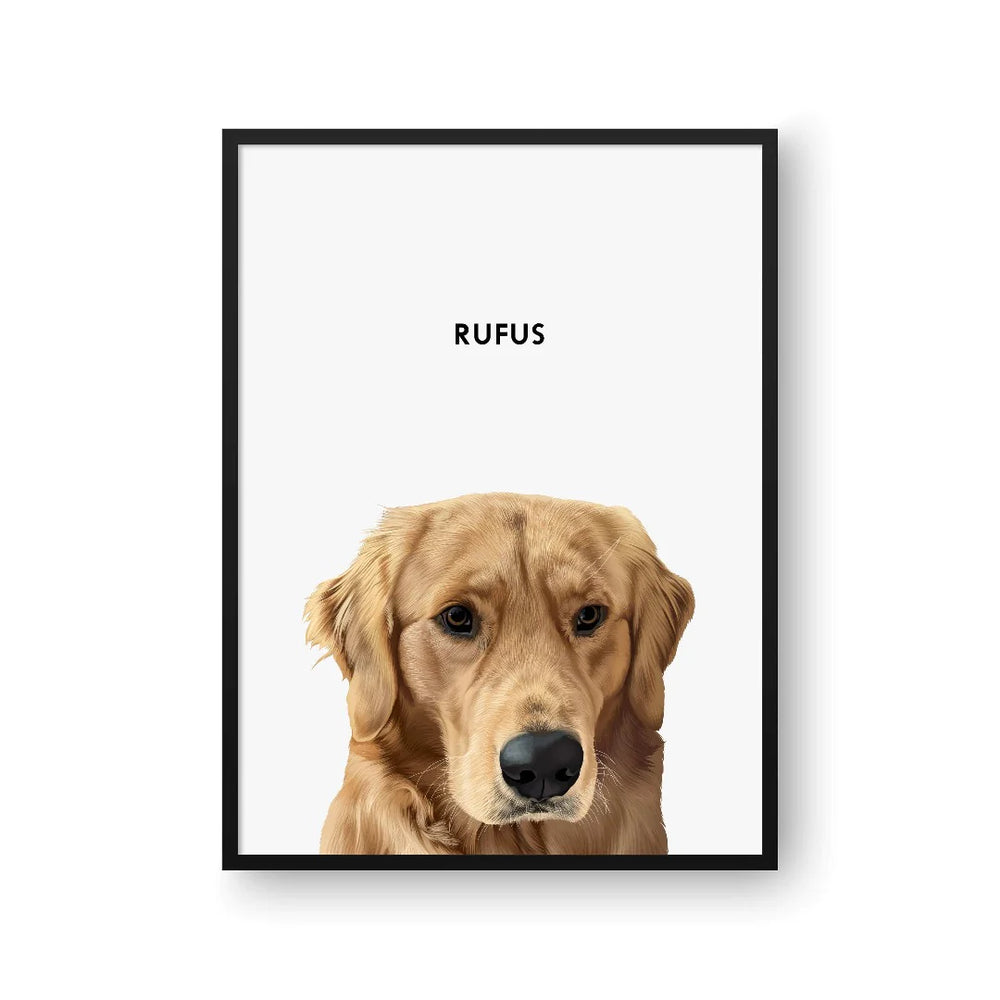



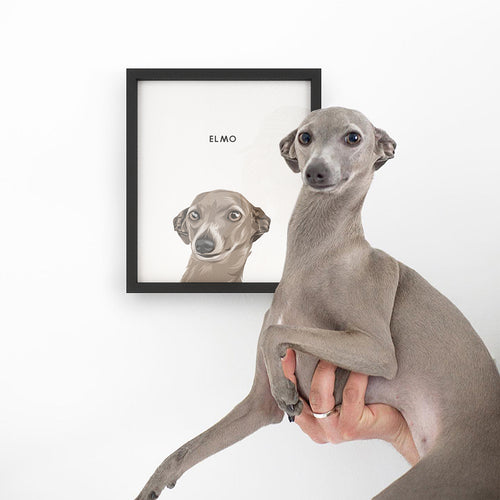
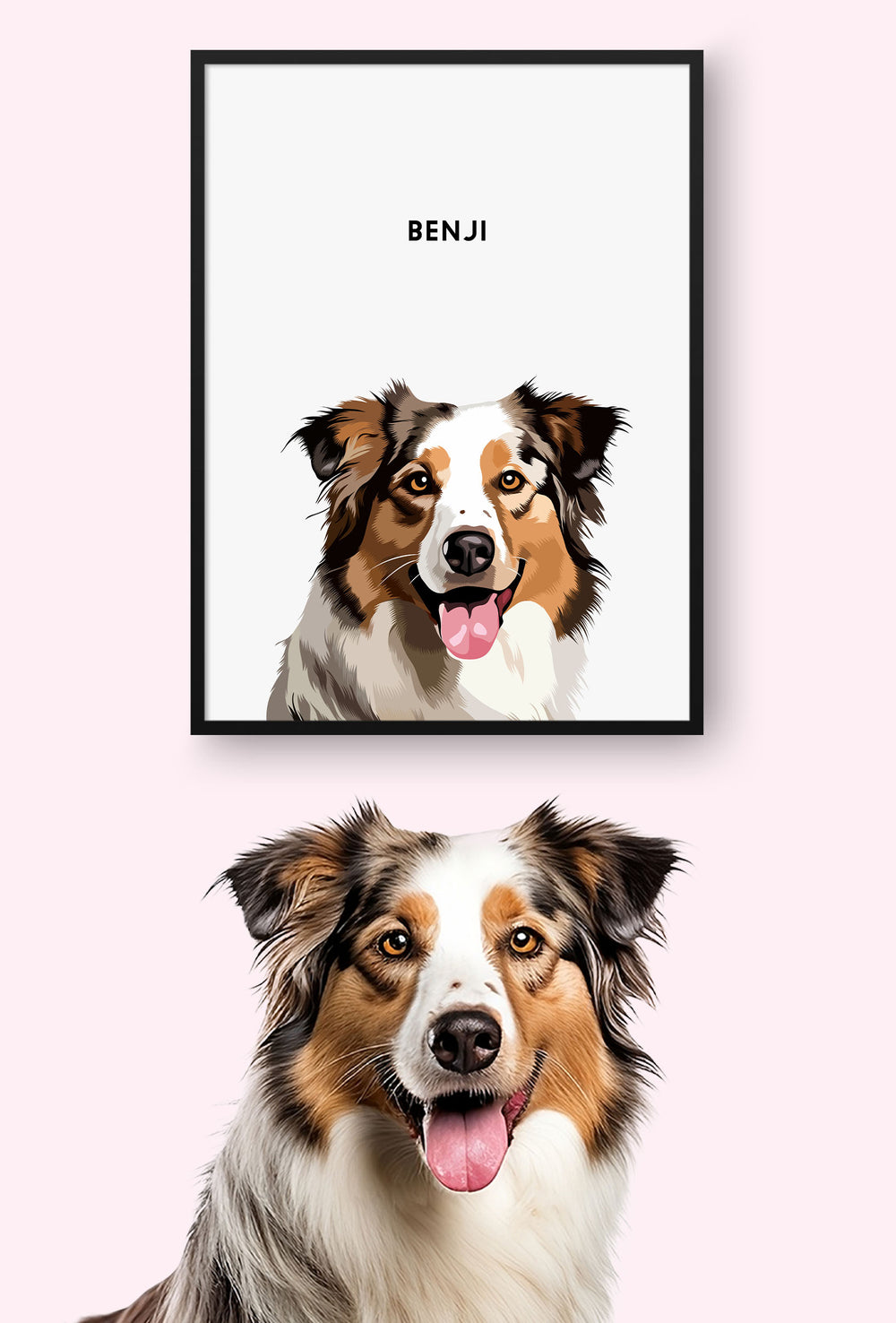
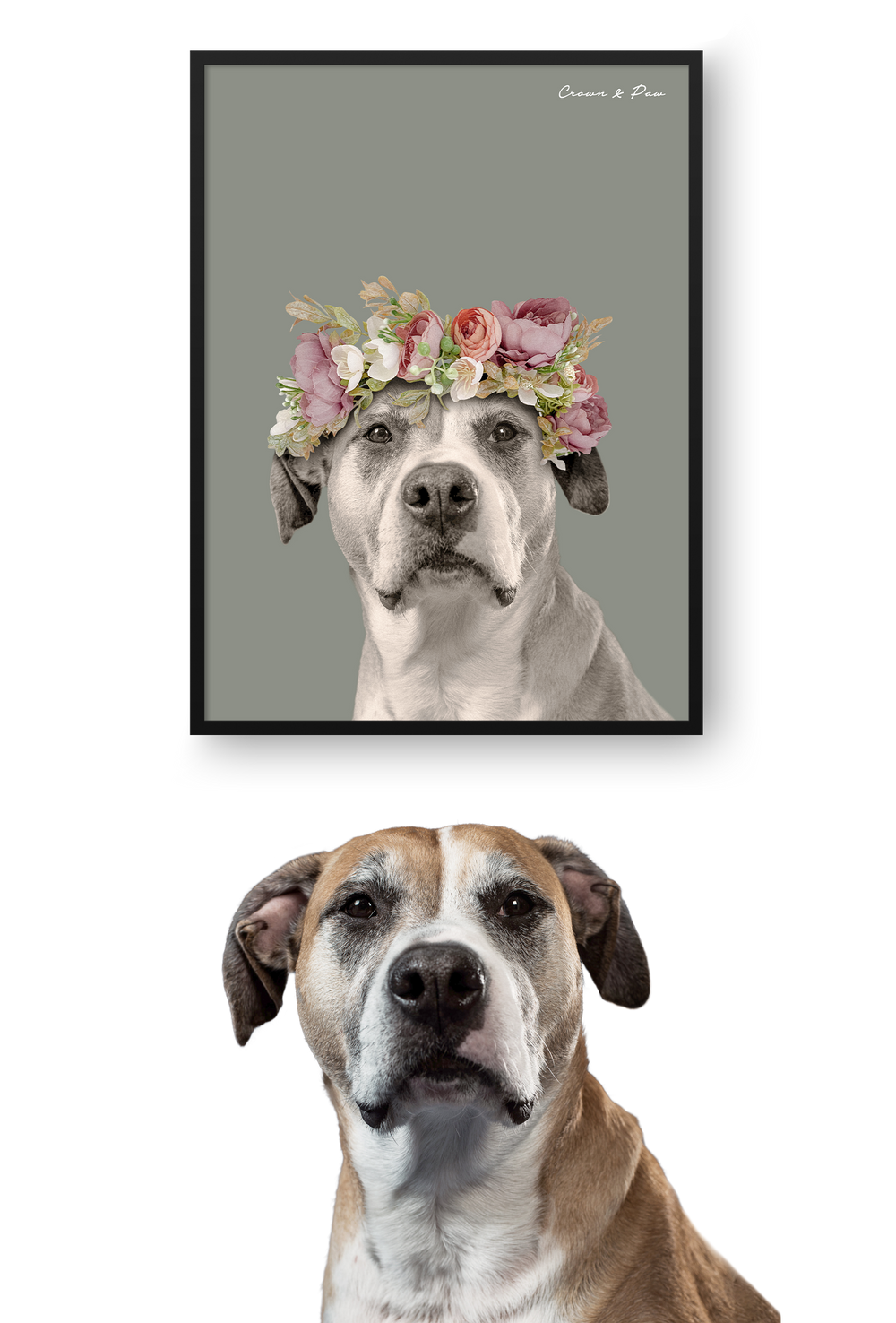
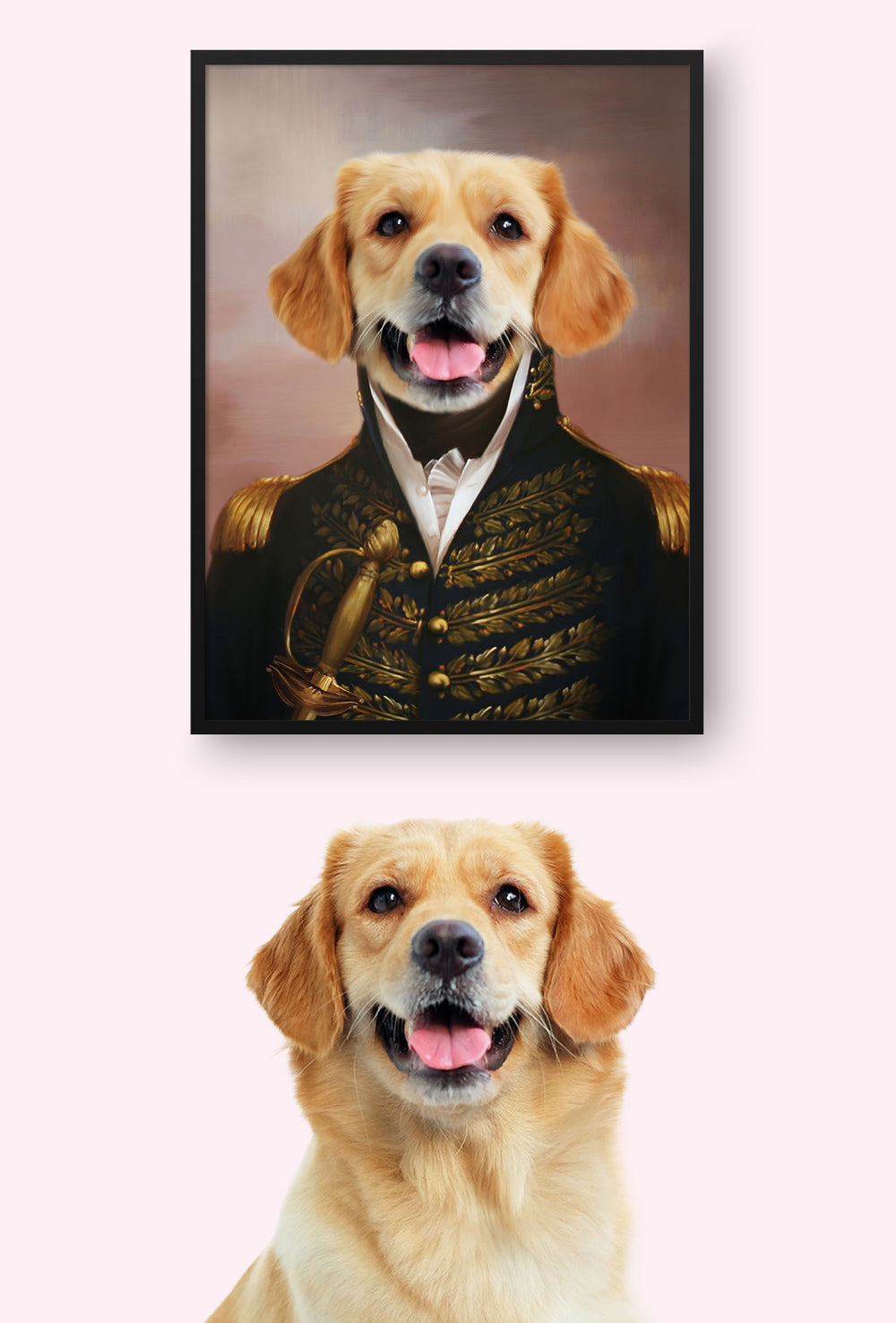
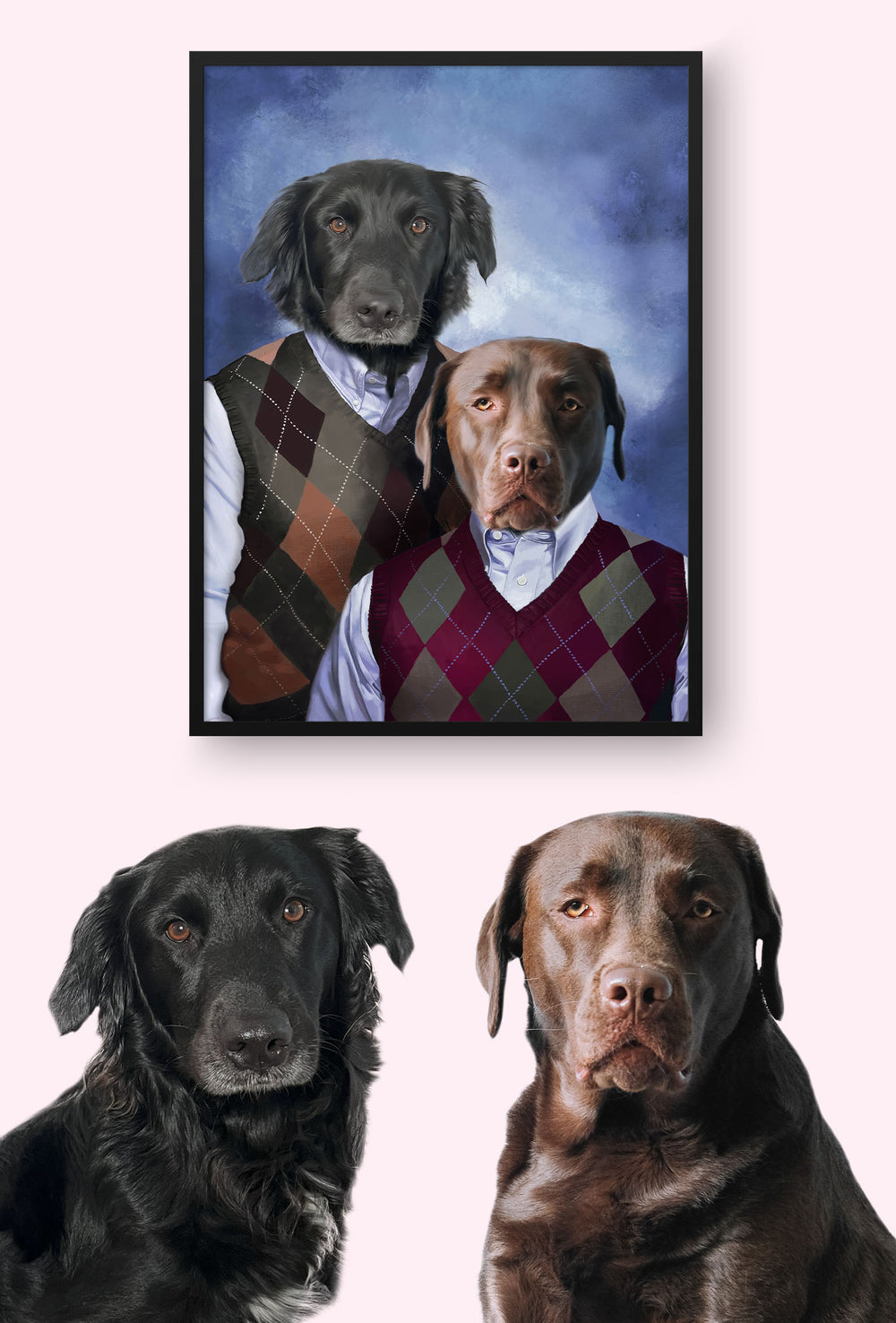
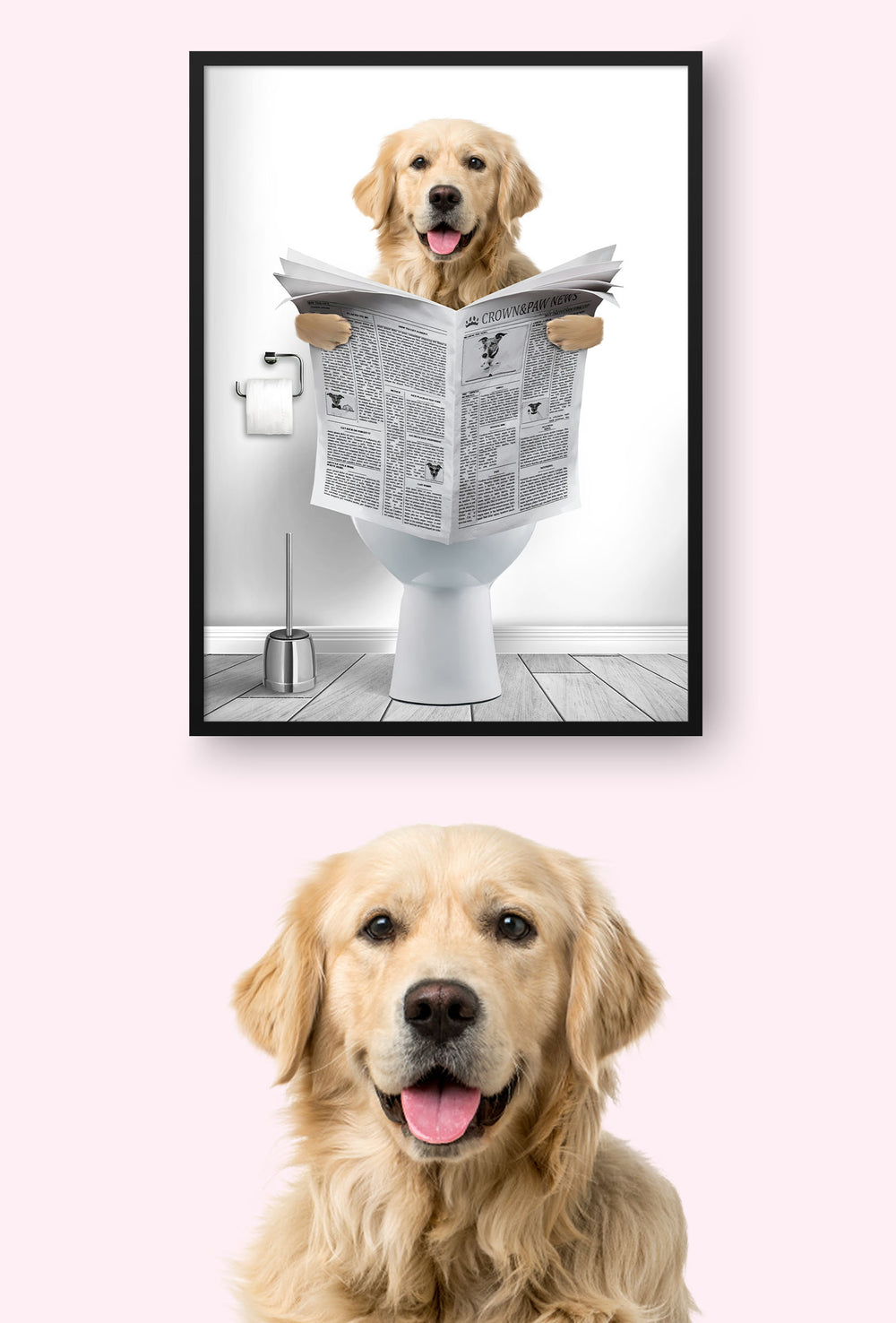
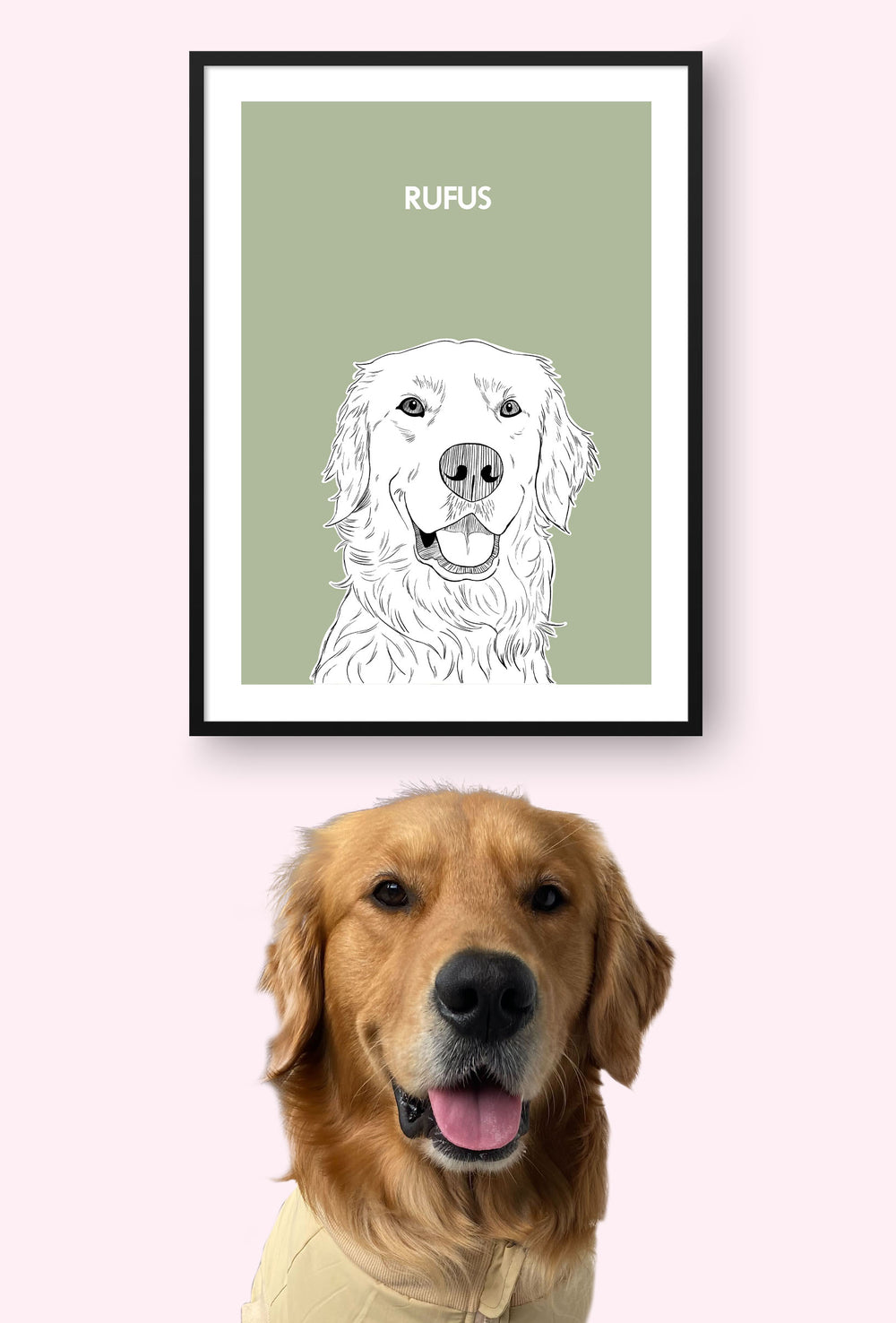




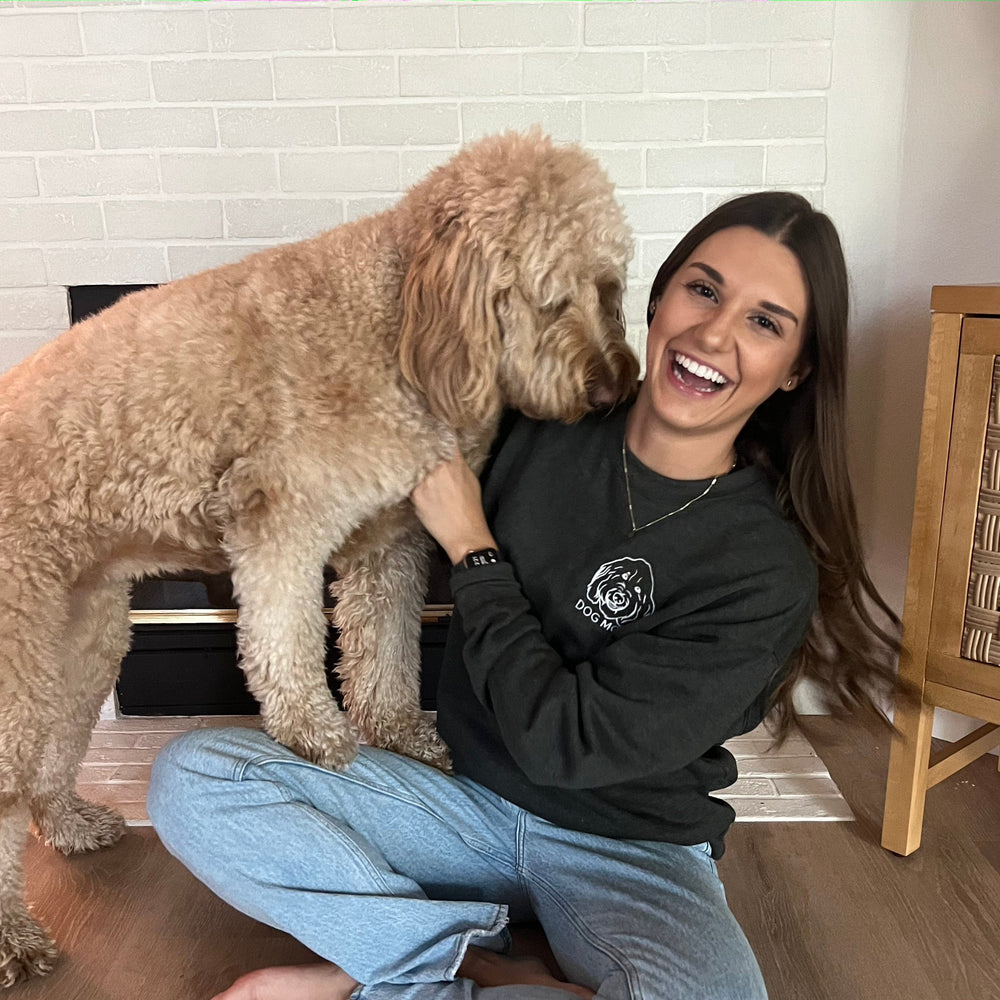



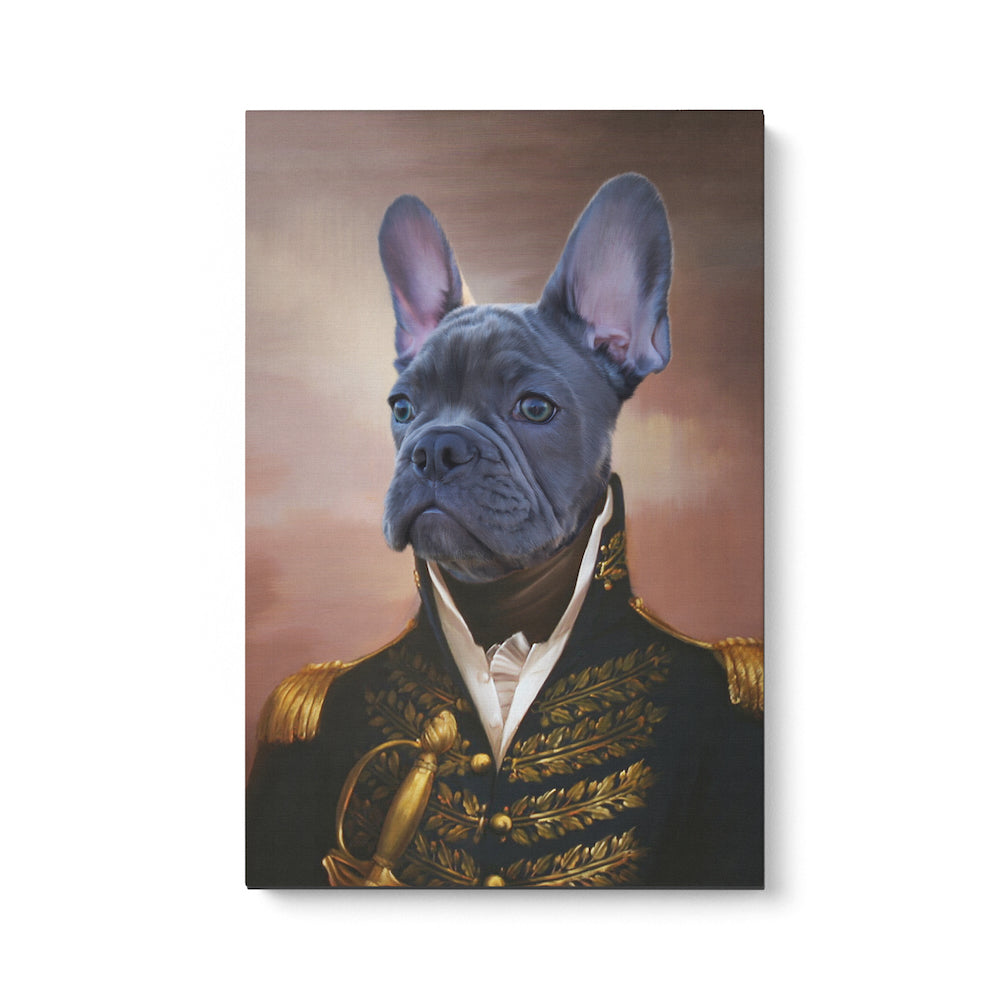

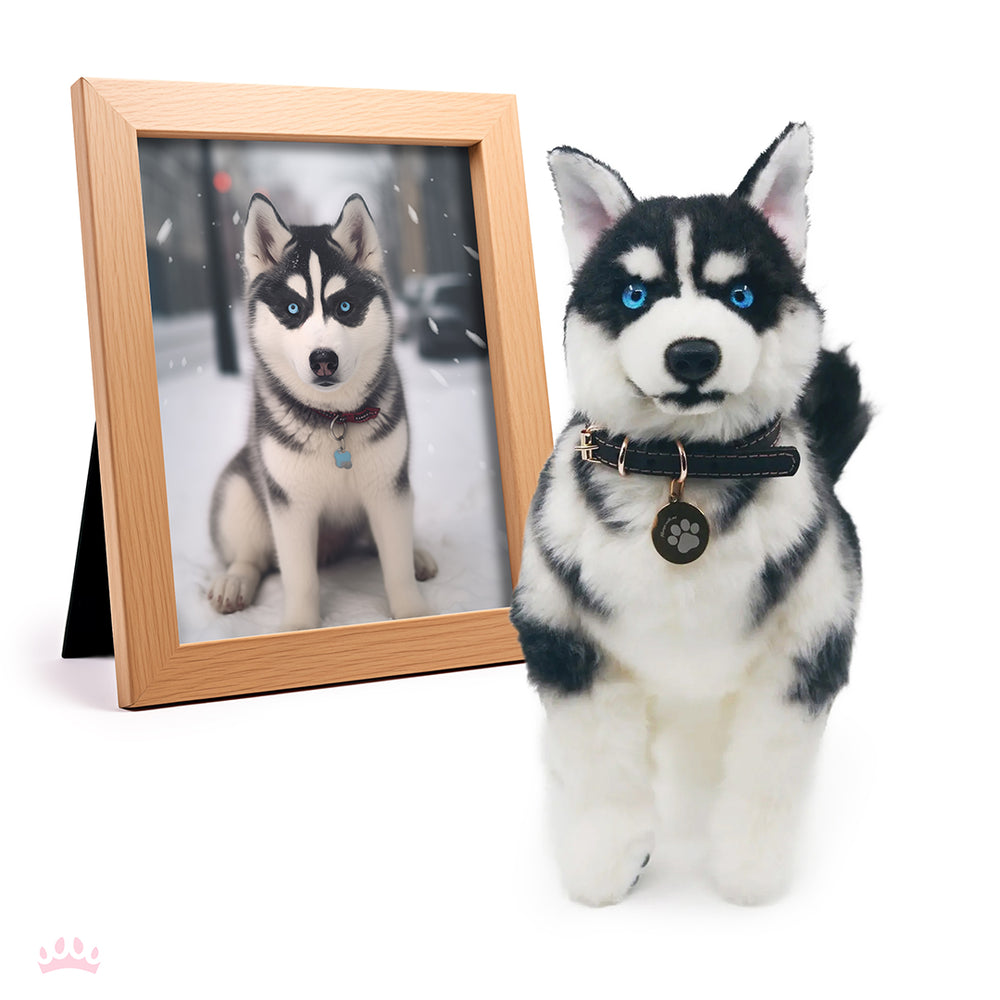
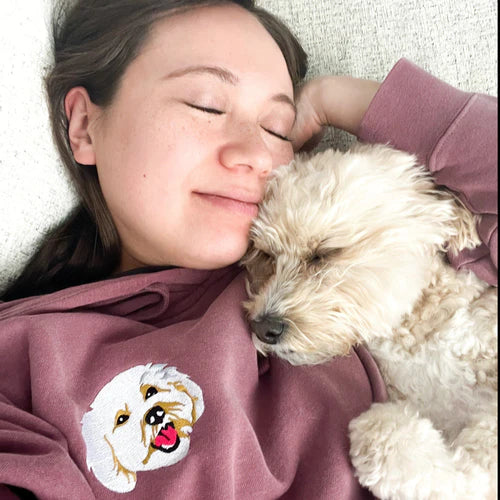


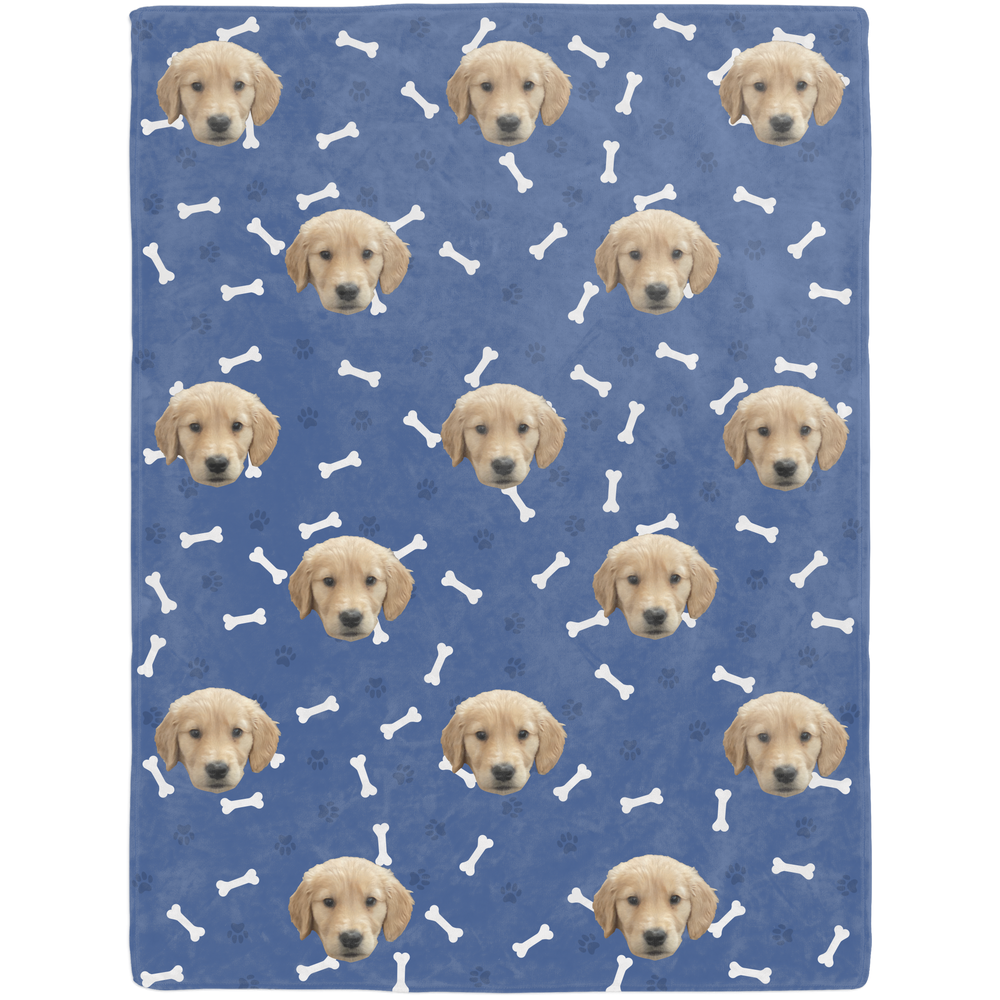
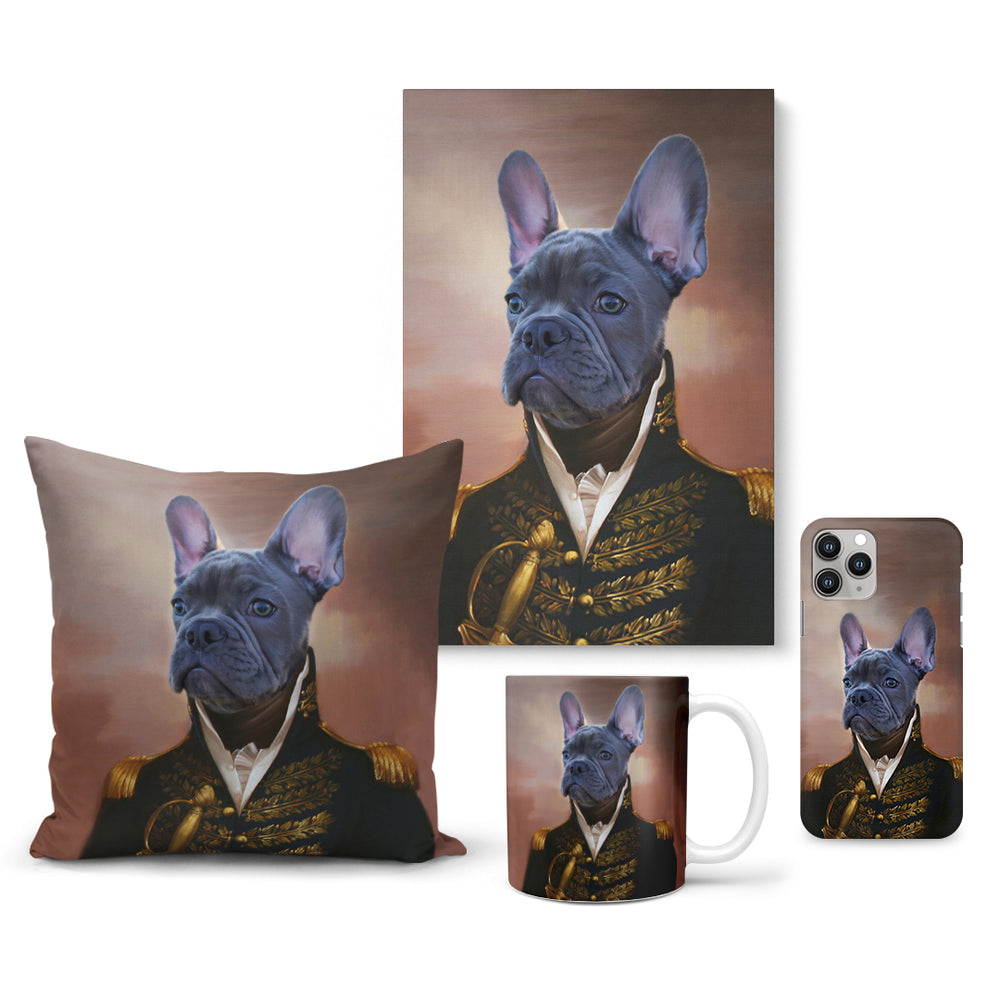


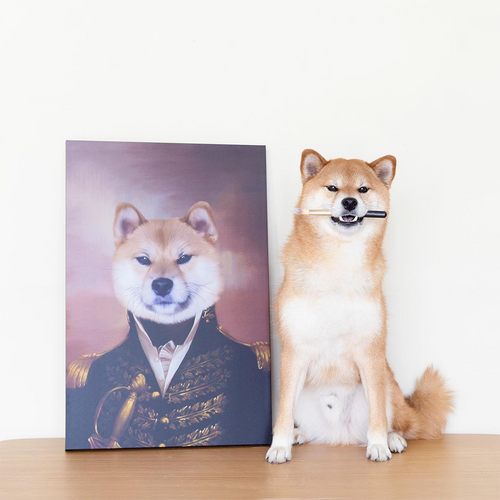





 Reviews
Reviews
 My Account
My Account
 Contact Us
Contact Us
 Help
Help
